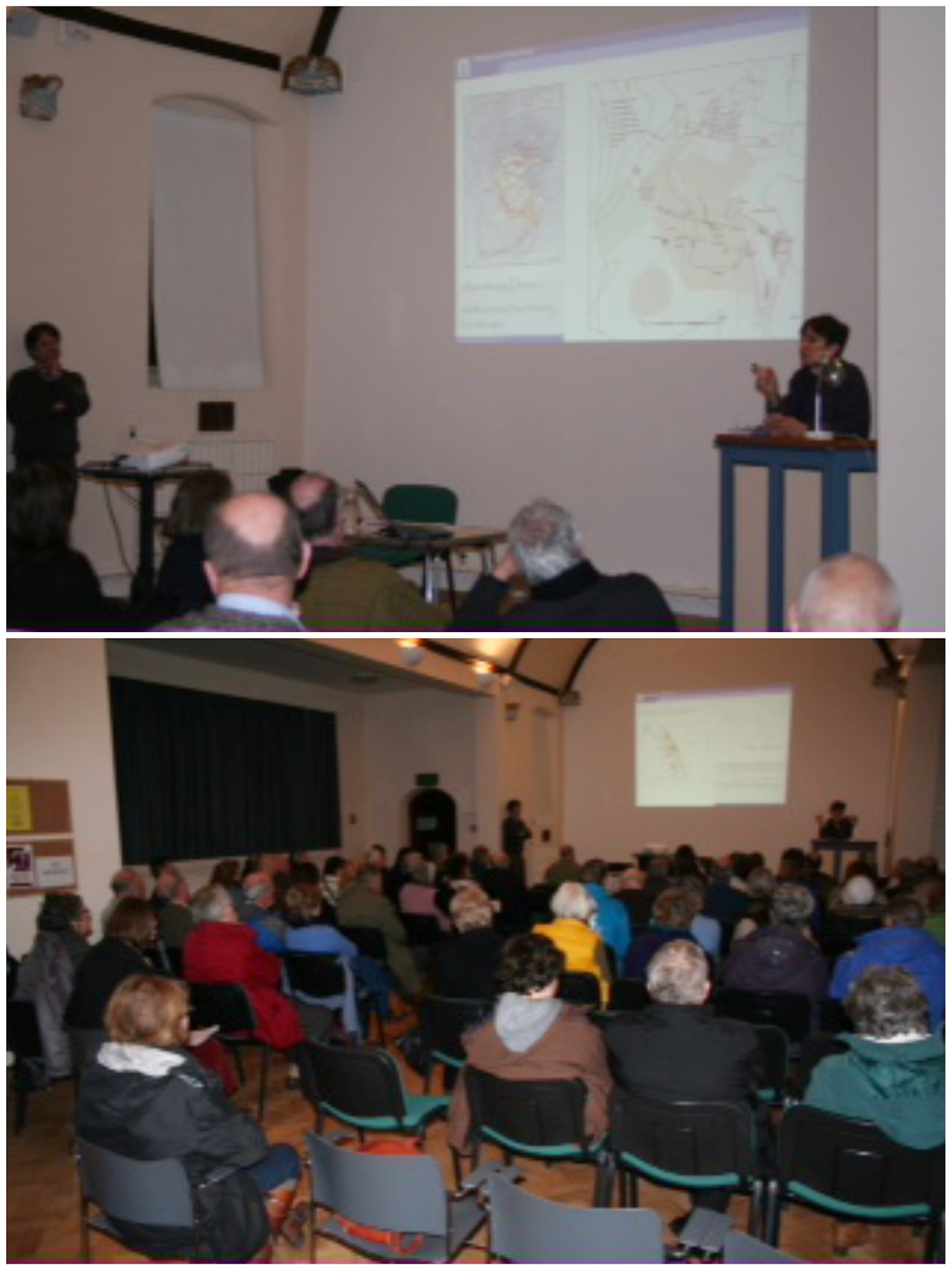
On Tuesday Jackie McKinley, senior osteoarchaeologist with Wessex Archaeology, told an audience at Salisbury Museum about the latest research on the nationally important Romano-British cemeteries and Bronze Age burials at Amesbury Down, not far from Stonehenge which have been excavated over the last 15 years as part of a housing development and now the subject of analysis funded by Bloor and Persimmon Homes.
One Beaker burial (2000 BC) is that of a very tall man (6’2”) who survived for a while despite his head injuries caused by a blunt weapon. He also survived surgical intervention and, for a while, infection. Most of the 40 prehistoric burials are from flat graves with only a few associated with substantial barrows. Collectively they show a wide range of burial form and rite. The earliest is Late Neolithic, most are Bronze Age and the latest is Iron Age.
The Roman cemeteries are located within a landscape of prehistoric burials, Grooved Ware pits and Late Neolithic timber monuments, and later prehistoric settlement. These people chose to place their dead in an area of landscape which had already seen funerary activity for over 2500 years.
Seven cemeteries have been discovered so far, set between Bronze Age barrows some 700 m apart. The cemeteries vary in size and character and clearly reflect the social structure of the local community. Each cemetery is different, some contain elite burials, family groups and/or possible veterans. Burial rites are likewise varied and include both inhumation and cremation. They date from the early third century and some are very late 4th. A possible ‘founder’ burial for the whole group of cemeteries is that of a burial within a stone coffin. This contained the remains of a woman and child. The woman was adorned with a necklace of jet, fir-lined deer skin slippers, a silver anklet, possible silk clothing and was no doubt a person of some wealth and importance. Some of these finds can be viewed at the museum, online and will feature in the museum’s new galleries. Reports on the prehistoric and Roman burials will appear towards the end of 2014 and in 2015, respectively. It is hoped that further talks on these exciting discoveries will take place at the museum over the next two years as our research continues.